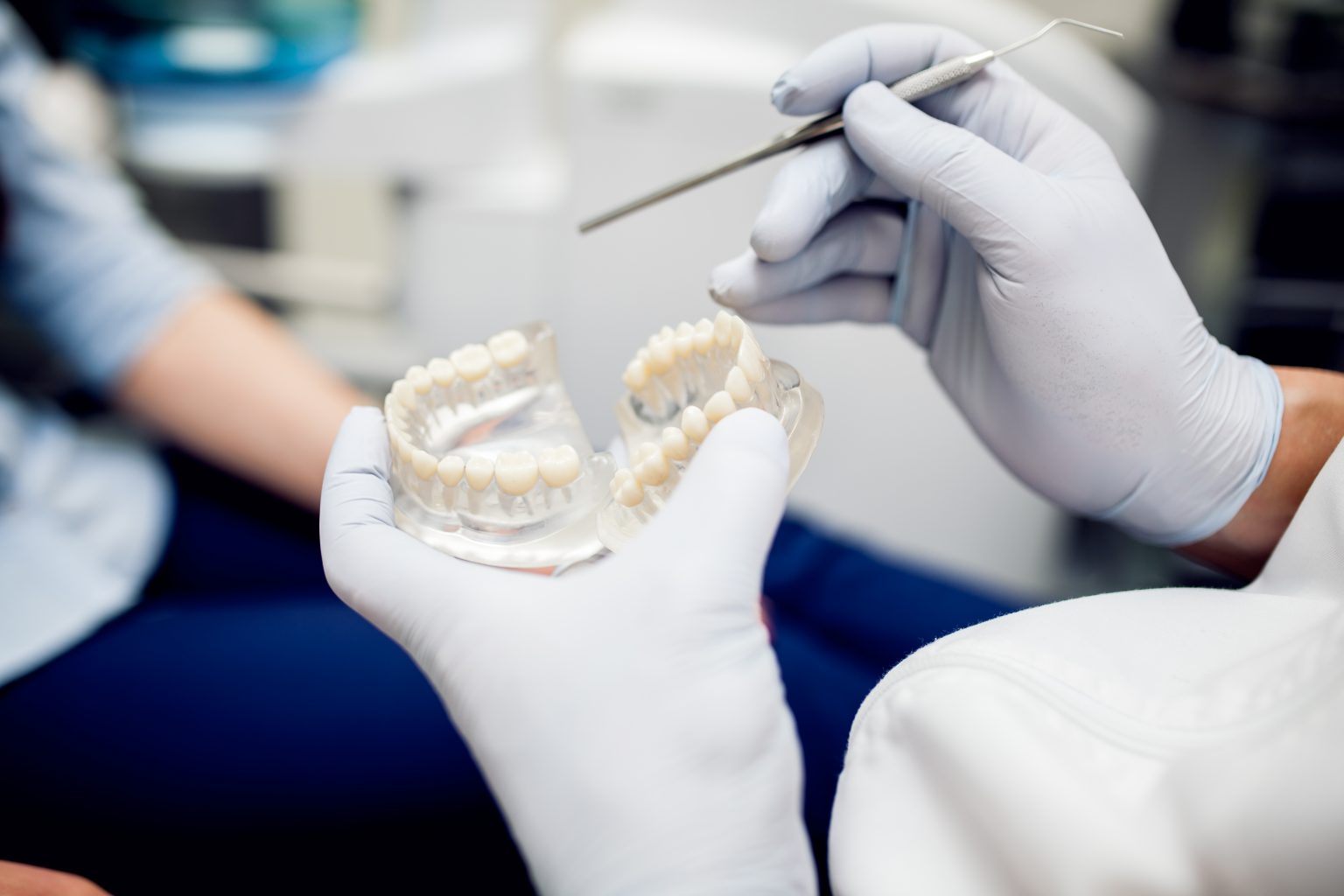For many years, people seeking orthodontic treatment have found that metal braces are an excellent way to address various dental problems such as overbites and misaligned teeth. As orthodontics has progressed, self-ligating metal braces have become a cutting-edge substitute for conventional braces. The benefits of self-ligating metal braces and the function of various metals for braces in contemporary orthodontics will be discussed in this article.
Modern Method for Self-Ligating Metal Braces
A more sophisticated kind of metal braces are self-ligating braces. Self-ligating braces include built-in clips that secure the archwire, offering a number of benefits over traditional braces that use on elastic bands (ligatures) to do the same.
Decreased Friction: There is less friction between the wire and the brackets when there are no elastic bands present. When compared to traditional braces, this less friction allows the teeth to move more freely, which frequently results in shorter treatment timeframes.
Less Adjustments: Because the integrated clips in self-ligating braces do not need to be tightened as frequently as the elastic bands in traditional braces, less adjustments are necessary. Patients may find treatment more convenient as a result of fewer orthodontist appointments.
Enhanced Comfort: The lack of elastic bands in self-ligating braces relieves pressure on teeth, making orthodontic treatment more comfortable. Patients often experience less discomfort and fewer sores in the mouth compared to traditional braces.
Better Oral Hygiene: The elastic bands in conventional braces have the tendency to catch food particles, which makes cleaning more challenging. This problem is resolved by self-ligating metal braces, making brushing and flossing simpler. This lowers the chance of tooth decay and plaque accumulation while receiving therapy.
Aesthetic Benefits: For a more understated appearance, several self-ligating braces use ceramic or clear brackets. For more complicated instances, metal self-ligating braces are typically the most reliable and effective choice, offering quicker outcomes.
Brace Metal: The Foundation of Orthodontic Treatment
The materials utilized for braces, especially the metals used for the brackets and wires, have a significant impact on the outcome of orthodontic therapy. A variety of metal kinds are frequently utilized in braces because of their strength, longevity, and efficiency in correcting teeth:
Stainless Steel: Because of its strength, resilience to corrosion, and durability, stainless steel is the metal most frequently used for braces. It is a dependable treatment option for patients with significant misalignments or bite problems, and it is quite effective in complex orthodontic cases.
Nickel-Titanium (Ni-Ti): Because of its flexibility and capacity to hold its shape, nickel-titanium is frequently utilized for bracing archwires. When more delicate motions are needed to gradually align the teeth in the early phases of treatment, this metal is especially helpful. Furthermore temperature-sensitive, Ni-Ti wires tighten in reaction to body heat to apply constant pressure on the teeth.
Nickel-Titanium (Ni-Ti):Stainless steel that has been gold-plated is a great substitute for those who are allergic to nickel. While the heart of these braces remains stainless steel, the gold plating gives hypoallergenic characteristics while also giving the braces a unique aesthetic appeal.
Cobalt-Chromium: This metal can also be utilized in specific orthodontic procedures as an alternative to stainless steel. For patients looking for a lighter brace material, cobalt-chromium alloys are an excellent alternative because they are lighter than stainless steel while maintaining a similar level of strength.
Titanium: Because of its strength and biocompatibility, titanium is another metal that is occasionally utilized in orthodontic gadgets. Patients who have nickel or stainless steel sensitivities will find it especially helpful. While less popular than stainless steel, it offers superior durability and is perfect for long-term use.
In summary
Self-ligating metal braces are a contemporary, effective substitute for traditional braces, offering better comfort, quicker results, and less upkeep. In the meanwhile, the different metals used in braces—which provide durability, flexibility, and strength—are essential to the effectiveness of orthodontic treatments. Among the most popular metals used in tooth alignment are stainless steel, nickel-titanium, and gold-plated stainless steel, each selected for a particular function. Patients can get the best outcomes faster by combining the advantages of self-ligating technology with the durability of metal braces.

